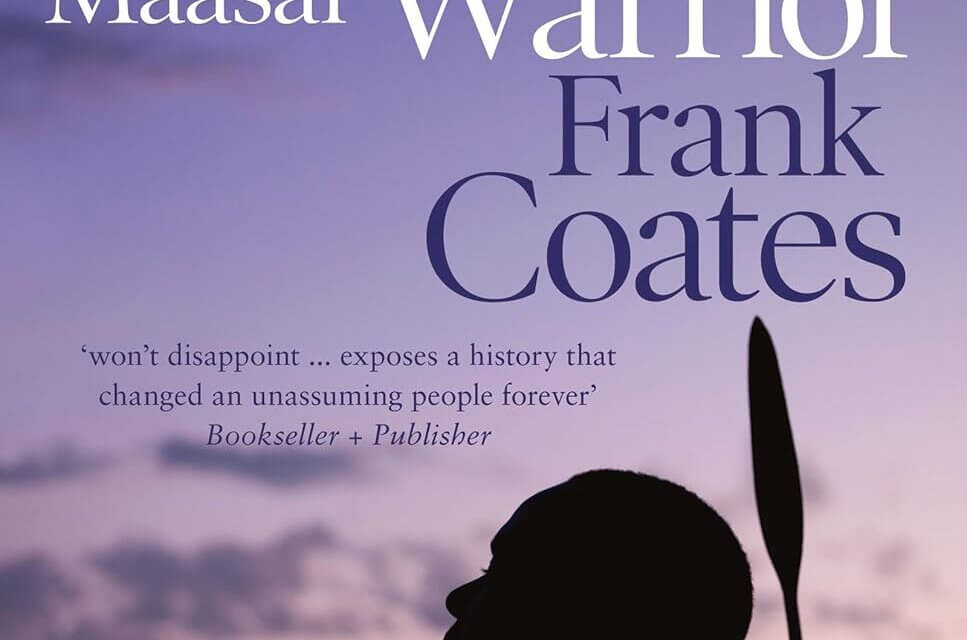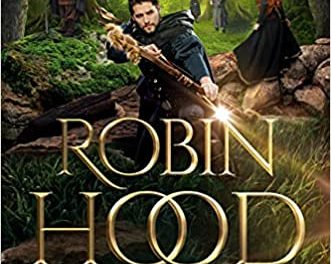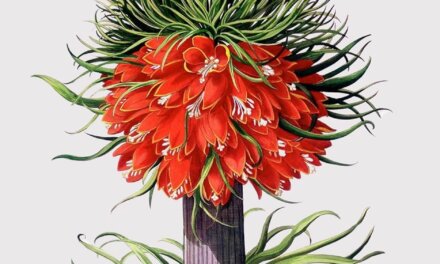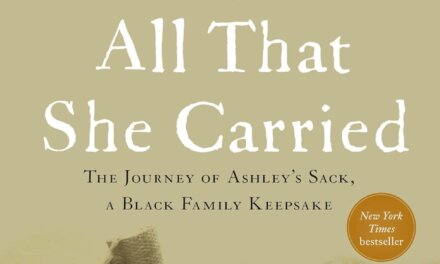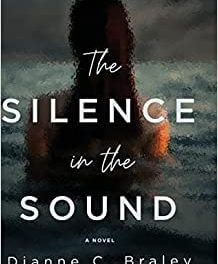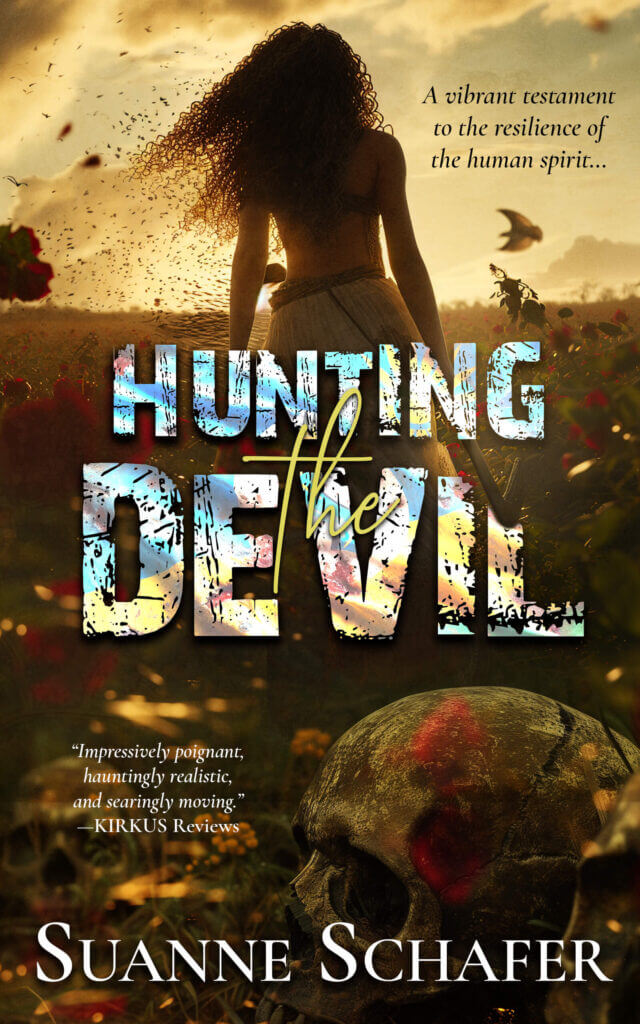The Last Maasai Warrior is a fascinating historical fiction account of British colonization of Kenya which has many parallels to the invasion of North America by Europeans and the ensuing genocide of Native Americans.
The British, in 1904, yield the Maasai control of their traditional lands in perpetuity. A bare seven years later, the Brits betray this trust and force the Maasai into a near-uninhabitable area of Kenya that lacks sufficient water and grass to support the herds of cattle, sheep, and goats of the pastoral Maasai and doesn’t permit their to migration to preserve pasture lands. Human African trypanosomiasis (sleeping sickness), a parasitic disease transmitted by the tsetse fly, is endemic. In addition, there is a new outbreak of East Coast Fever (ECF), a tick-borne disease in cattle that is usually fatal. In an enforced trek to these new lands, akin to the Native American Trail of Tears, hundreds of Maasai and thousands of their livestock perish.
The hero of the story is Paresloi Ole Sadera, the sole Laikipiak in a village of Purkos. He is a slight man with a strong will. He fulfills the legend of a boy child who is birthed in the waters of a river and holds a small stone in each hand. Ole Sadera rises from being a scapegoat to being the spokesperson and leader of his age group of Maasai warriors. The Maasai soon see the rise of whites as being inevitable and agree to give up their lands. Ole Sadera feels strongly that the Maasai should not give in, should not abandon the very ideals that make them Maasai. He learns English and tries to work within the British legal system to keep Maasai lands, even going to England to pursue the legal case. Helping Ole Sadera in all this is the appointed veterinary inspector, the British administrator George Coll .
Essentially, the Maasai, like so many Native American and New Zealand and Australian aboriginals are sent to reservations. This saga has historical meaning and relevance to any nation who have indigenous people and the importance of respecting and preserving their history.
*********************
The Last Maasai Warrior (Harper Collins, August 1, 2010) is available through:
Your local independent bookseller | Amazon | Barnes & Noble
*********************
This post contains affiliate links to third party sites. These can help you visually identify books I recommend. If you make a purchase, I may receive a small compensation at no additional cost to you. This offsets some of the cost of maintaining this blog.
